Multifamily dwellings: Income or condo conversion? - by Michael Romer
As high rise new construction condominium buildings continue to alter the city’s skyline as well as the real estate market, commercial investors remain focused on finding more traditional income producing assets such as multifamily dwellings and mixed use properties. These investors range from veteran real estate players continuing to build their portfolio to millennials seeking a safe and solid long term investment.
Although long term appreciation is generally the ultimate goal in our current market, the ability to obtain a return on one’s investment continues to be the driving force behind the popularity and stability of this asset class. The potential for long-term appreciation coupled with the ability to obtain an annual return will attract the attention of domestic and foreign investors alike. It is important to note that non-U.S. investment in our market remains a constant force. A wide majority of surveys conducted indicate that New York City continues to be the most popular city in the U.S. for real estate investments by foreign investors. Although non-U.S. investors are most commonly associated with luxury condominium and large scale commercial building acquisitions, income producing multifamily dwellings and mixed-use buildings have their attention as well.
Prior to entering into a contract of sale to purchase a multifamily, an investor’s advisors (legal and otherwise) must ensure that the appropriate due diligence has been performed. Investors should be focused on the following: A. Cash flow/leases – it is imperative to review leases to confirm advertised cash flow, lease term, lease type (market/stabilized/controlled), assignment rights and renewal options. When it comes to returns, investors must understand the difference between market leases and stabilized/controlled leases where the returns are much smaller but are quite stable; B. Engineering inspections – an engineer’s report will indicate whether there are any structural issues and whether the building is compliant with local building code; C. Division of Housing & Community Renewal (DHCR) Records – often overlooked, it is important to confirm whether the building is registered, subject to stabilization or rent control laws, or whether there are/have been complaints filed by tenants; and D. Certificate of Occupancy (CO) – a review of the CO will indicate both the permitted use of the building and the permitted use of each floor. Will also indicate whether the city considers the building to be residential (1-3 units) or commercial (4+ units) or whether Single Room Occupancy (SRO) laws apply resulting in a need for Certificate of Non-Harassment.
For the investor focused on finding a stable income producing asset, it is a basic financial analysis of the cost to acquire, improve and carry the building versus the annual rental income. However, for an investor seeking a potentially greater return, converting the building to a condominium is a viable alternative. In addition, to be a conservative income producing asset, many investors are viewing these buildings as opportunities for condominium conversion especially in markets such as Queens, Brooklyn and, most recently, the Bronx.
If an investor is considering the conversion route, the conversation generally begins with an analysis of the cost of the project (both hard and soft) versus the projected gross income received from the sale of the converted units. The hard costs boil down to the purchase price of the property plus the projected construction and renovation costs. Soft costs include title insurance, legal and architect fees, lender fees, carrying costs and typically a contingency. Projected gross income from unit sales requires a market analysis from an experienced real estate professional. Although timing of project and specific market conditions are common variables, enough information will be available at the outset to determine whether a conversion makes sense from a financial perspective. In some cases, we have helped clients realize rates of return in excess of 20-30% which is much higher than the average cap rates if the property were to be purchased and maintained as an income producing rental building.
If the numbers make sense, the discussion shifts to whether it is indeed possible from a legal, architectural and construction standpoint. A key factor in this equation is whether the existing floor area ratio (FAR) is sufficient to complete the project or whether there are available unused air/developments rights attached to that parcel or even a neighboring parcel which could be transferred. Zoning issues are the other main determining factor; namely, what uses are permitted in the district, whether variances are available, and whether the city’s Inclusionary Housing Program (IHP) applies which would require a percentage of the dwelling units to be set aside for affordable housing.
All in all, there are many factors to consider when determining the best and proper use of a multifamily or mixed use property. However, whether the intent be for conversion or buy and hold, the asset class provides investors with flexibility and options.
Michael Romer, Esq., is a managing partner of Romer Debbas LLP, New York, N.Y.
AmTrustRE completes $211m acquisition of 260 Madison Ave.


Strategic pause - by Shallini Mehra and Chirag Doshi

Lasting effects of eminent domain on commercial development - by Sebastian Jablonski

AI comes to public relations, but be cautious, experts say - by Harry Zlokower




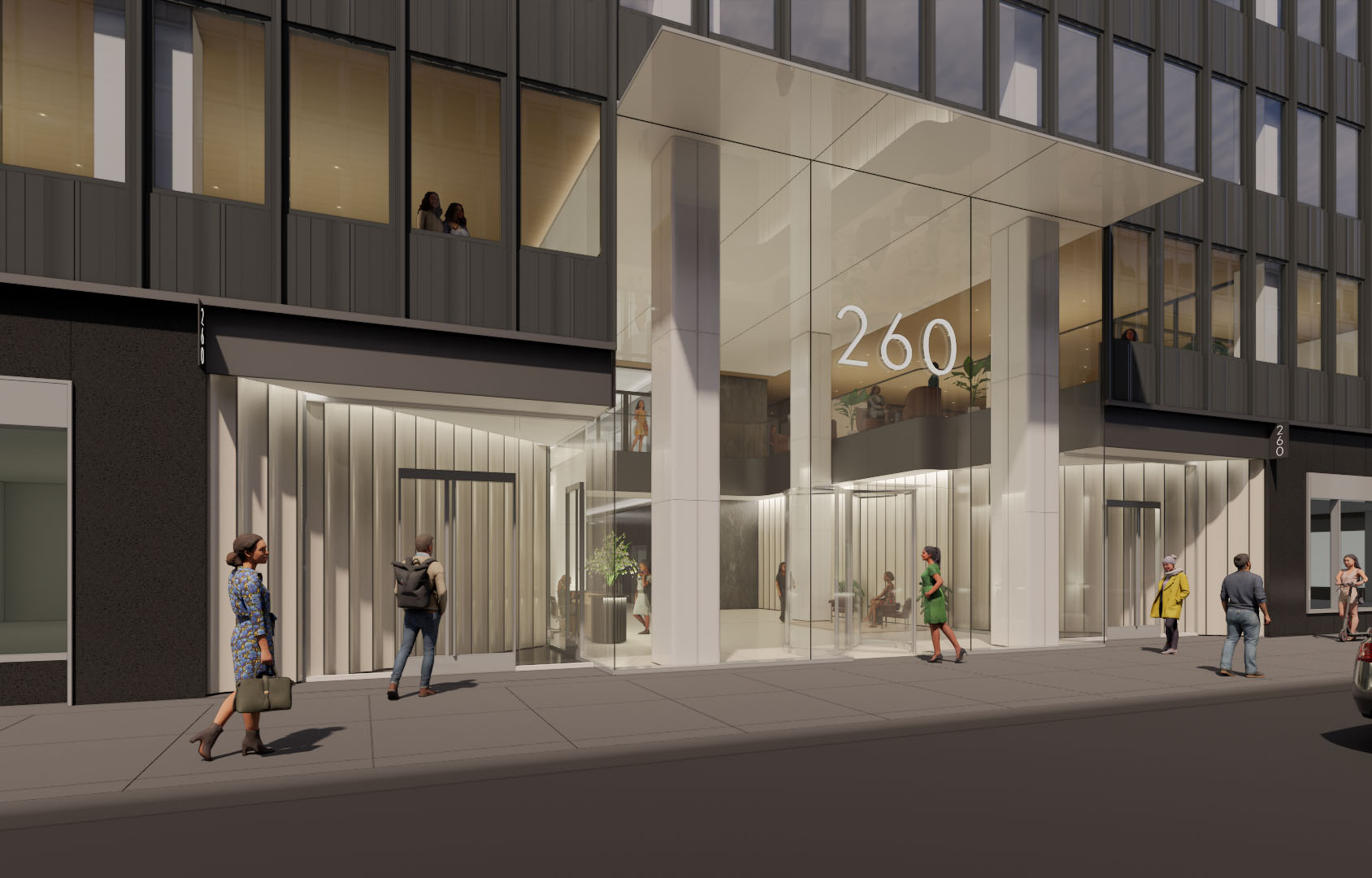
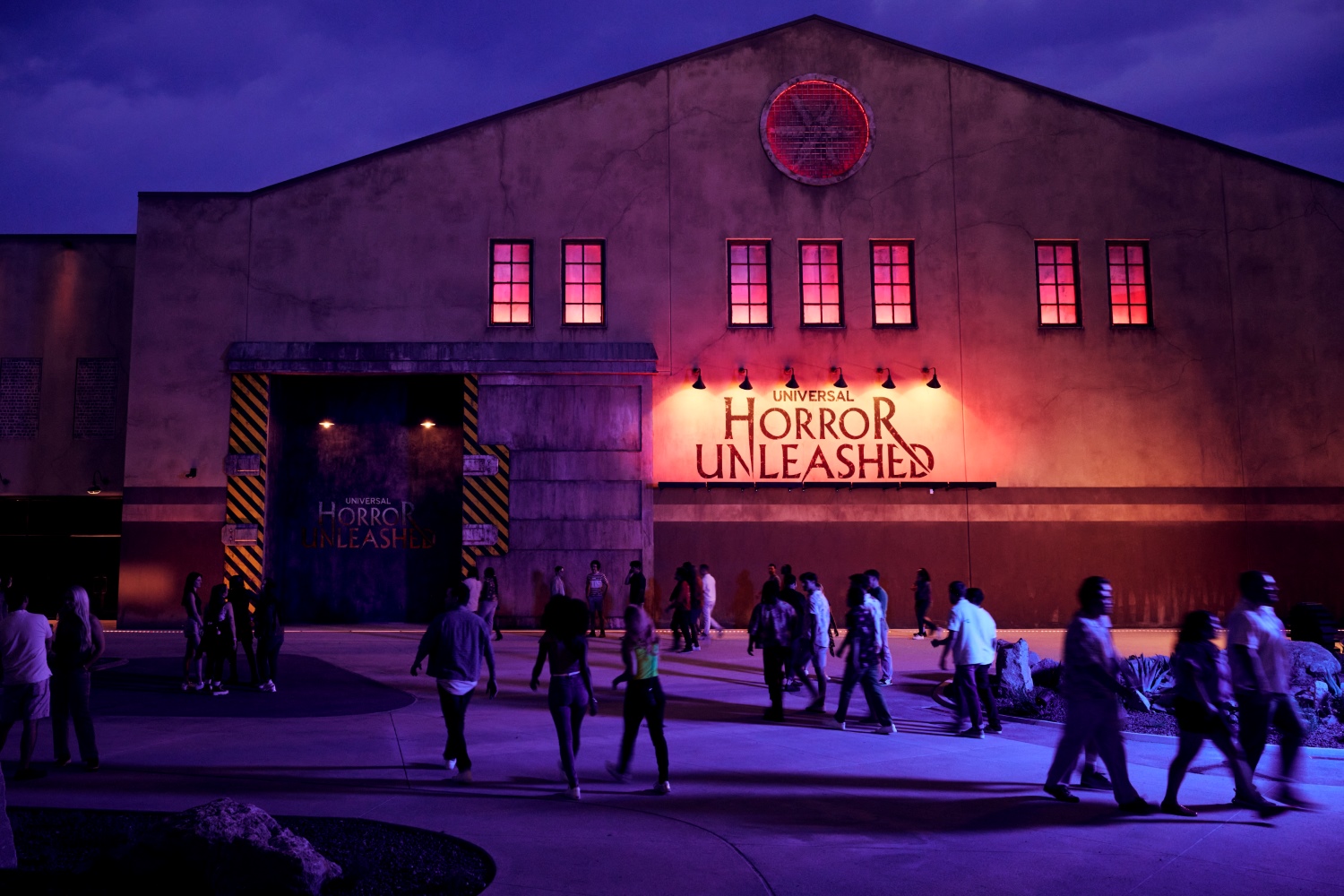
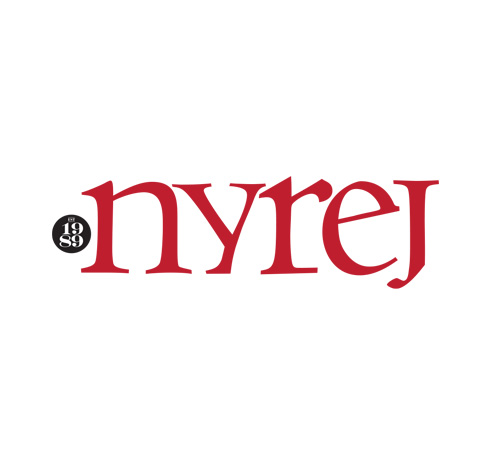

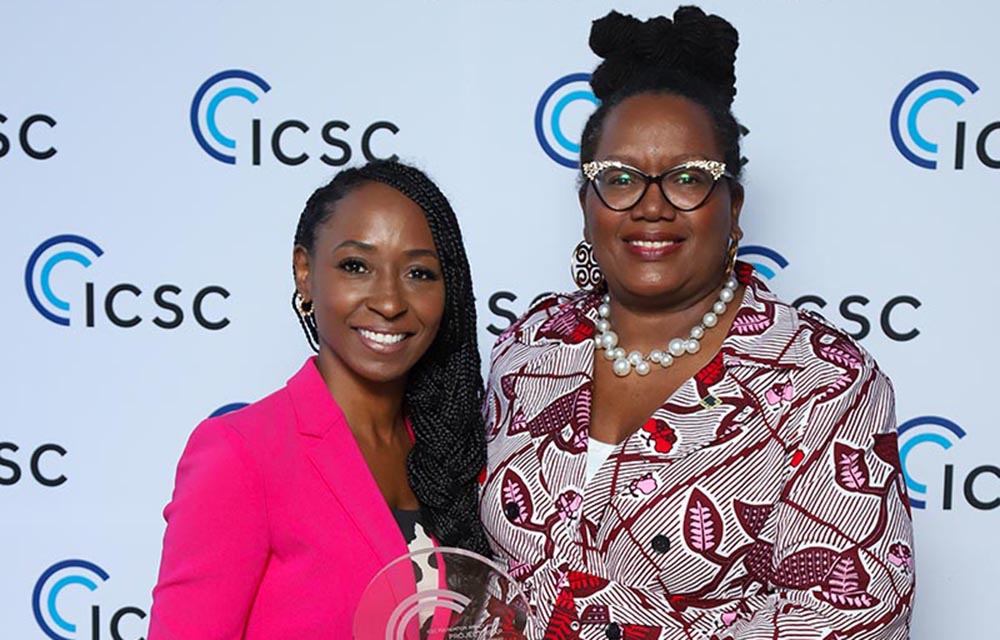
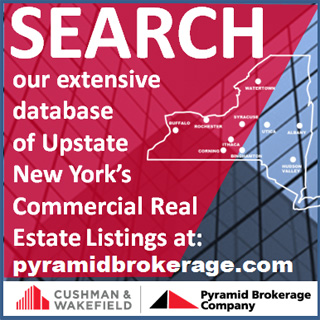
.jpg)

.gif)